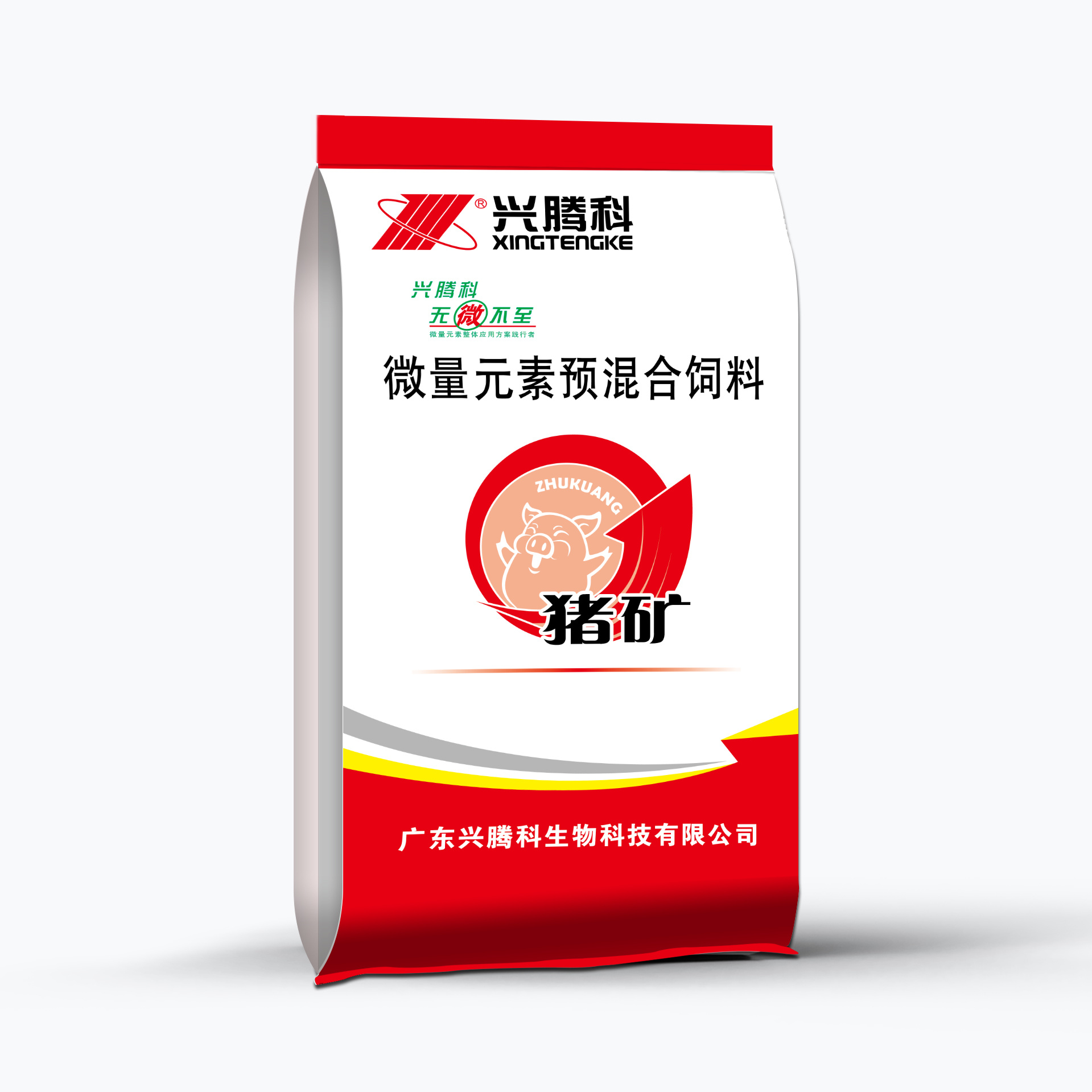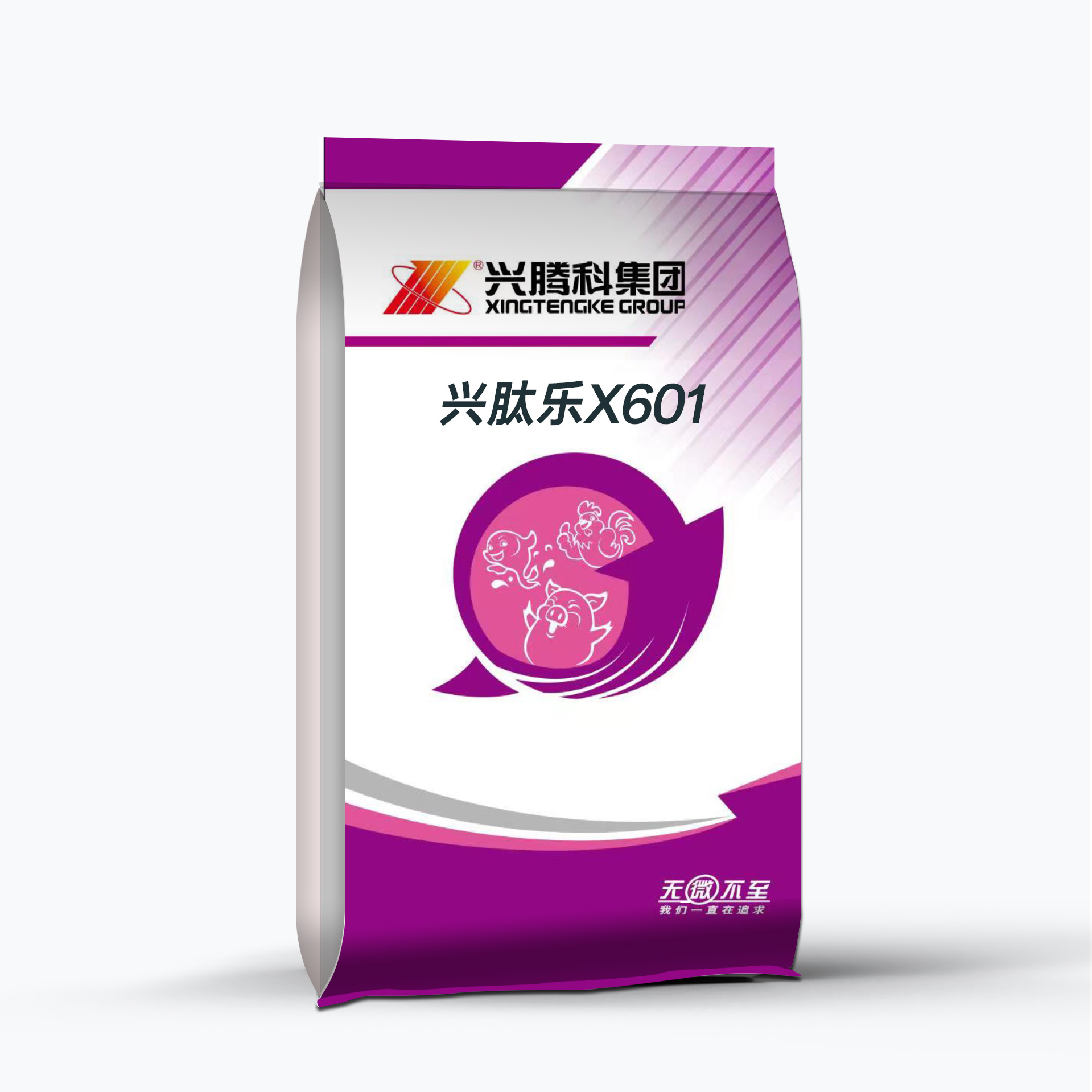The Benefits of Chelated Minerals for Poultry Health and Nutrition
Release time:
2025-07-24 15:11
Source:
Chelated minerals have become increasingly popular in the poultry industry due to their numerous health benefits and their ability to improve overall poultry nutrition. These minerals are chemically bonded to organic compounds, which enhances their absorption in the gastrointestinal tract. This is particularly important for poultry, as the efficiency of mineral uptake can significantly influence their growth performance, immune function, and overall health.
One of the primary advantages of using chelated minerals for poultry is their enhanced bioavailability. Unlike inorganic minerals, which may not be fully absorbed by the bird’s body, chelated minerals are more easily utilized. This means that when these minerals are consumed, they can be effectively absorbed and utilized for various physiological functions. For instance, essential minerals such as zinc, manganese, copper, and iron are crucial for enzyme function, growth, and immune response. By using chelated forms of these minerals, poultry farmers can ensure that their birds receive the necessary nutrients more efficiently.
Moreover, chelated minerals can help mitigate the adverse effects of environmental stressors. Poultry are often exposed to various stress-inducing factors, such as heat, disease, and poor nutrition. These stressors can deplete the bird’s mineral reserves, leading to deficiencies that can impair growth and immune function. By providing chelated minerals, producers can bolster the birds' ability to cope with stress by ensuring that they have sufficient levels of essential nutrients available for maintaining health and resilience.
Another significant benefit of chelated minerals is their role in promoting better feed conversion ratios. In poultry production, feed efficiency is a key performance indicator. The use of chelated minerals can improve feed conversion by ensuring that birds are better able to utilize the nutrients contained within their feed. This can lead to reduced feed costs and improved profitability for poultry producers.
Furthermore, the incorporation of chelated minerals into poultry diets can help prevent deficiencies that may lead to health problems, such as skeletal issues, impaired reproductive performance, and compromised immune systems. Ensuring that poultry receive adequate levels of these minerals can foster overall flock health, resulting in better productivity and lower mortality rates.
In conclusion, the inclusion of chelated minerals in poultry diets offers many advantages, from improved nutrient absorption to enhanced overall health and productivity. By understanding the importance of these minerals and their role in poultry nutrition, producers can make informed decisions that support the well-being of their flocks and optimize their production outcomes. As the poultry industry continues to evolve, the use of chelated minerals is likely to become a standard practice for those aiming to achieve the highest levels of health and efficiency in their operations.
One of the primary advantages of using chelated minerals for poultry is their enhanced bioavailability. Unlike inorganic minerals, which may not be fully absorbed by the bird’s body, chelated minerals are more easily utilized. This means that when these minerals are consumed, they can be effectively absorbed and utilized for various physiological functions. For instance, essential minerals such as zinc, manganese, copper, and iron are crucial for enzyme function, growth, and immune response. By using chelated forms of these minerals, poultry farmers can ensure that their birds receive the necessary nutrients more efficiently.
Moreover, chelated minerals can help mitigate the adverse effects of environmental stressors. Poultry are often exposed to various stress-inducing factors, such as heat, disease, and poor nutrition. These stressors can deplete the bird’s mineral reserves, leading to deficiencies that can impair growth and immune function. By providing chelated minerals, producers can bolster the birds' ability to cope with stress by ensuring that they have sufficient levels of essential nutrients available for maintaining health and resilience.
Another significant benefit of chelated minerals is their role in promoting better feed conversion ratios. In poultry production, feed efficiency is a key performance indicator. The use of chelated minerals can improve feed conversion by ensuring that birds are better able to utilize the nutrients contained within their feed. This can lead to reduced feed costs and improved profitability for poultry producers.
Furthermore, the incorporation of chelated minerals into poultry diets can help prevent deficiencies that may lead to health problems, such as skeletal issues, impaired reproductive performance, and compromised immune systems. Ensuring that poultry receive adequate levels of these minerals can foster overall flock health, resulting in better productivity and lower mortality rates.
In conclusion, the inclusion of chelated minerals in poultry diets offers many advantages, from improved nutrient absorption to enhanced overall health and productivity. By understanding the importance of these minerals and their role in poultry nutrition, producers can make informed decisions that support the well-being of their flocks and optimize their production outcomes. As the poultry industry continues to evolve, the use of chelated minerals is likely to become a standard practice for those aiming to achieve the highest levels of health and efficiency in their operations.
chelated minerals for poultry
Pre









